
About This Quiz
New Zealand is not just home to beautiful mountains and lush scenery, it's also home to a variety of awesome fish species. Today, we're taking a look at 40 images of New Zealand fish, and it will be your job to identify its name.
A wide variety of fish inhabit the waters of New Zealand. Some fish are herbivorous, which means that they only eat plants. Other types of fish are carnivorous, which refers to eating other animals. An example of this would be the perch, which loves to snack on other fish. New Zealand is also home to many types of non-diadromous fish, like the flathead galaxias. "Non-diadromous" refers to fish that live only in fresh or salt waters, but not both. Some fish also feature dull colors, while others are bright orange in hue. Examples of these types of fish would be the goldfish and the swordtail.
Today, we've compiled a list of these types of fish, and all you have to do is match the fish in the photo to the name of the fish in the list. If you're ever unsure of the answer, be sure to utilize the helpful hint for each question. Don't wait, take this New Zealand fish identification quiz now!

The Australian longfin eel is unique because of the black spots and patches all over its body. It's also from the Waikato River.
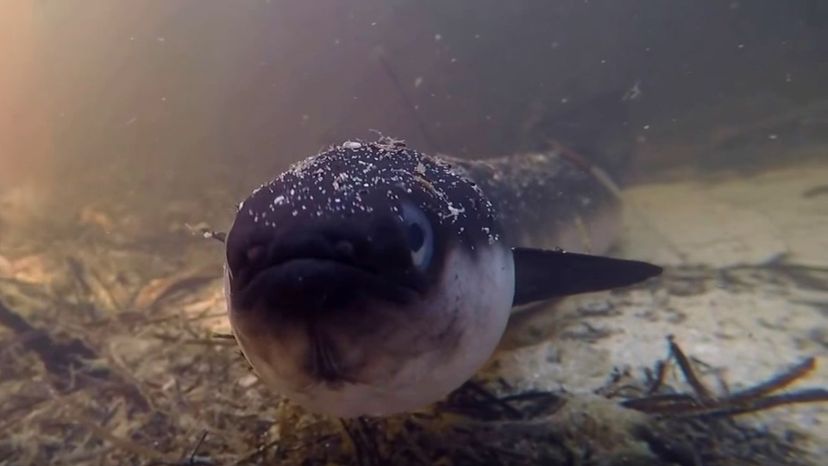
The shortfin eel can live in a variety of harsh environments, such as extreme temperatures and places with very little oxygen. These types of eels are very common throughout New Zealand.
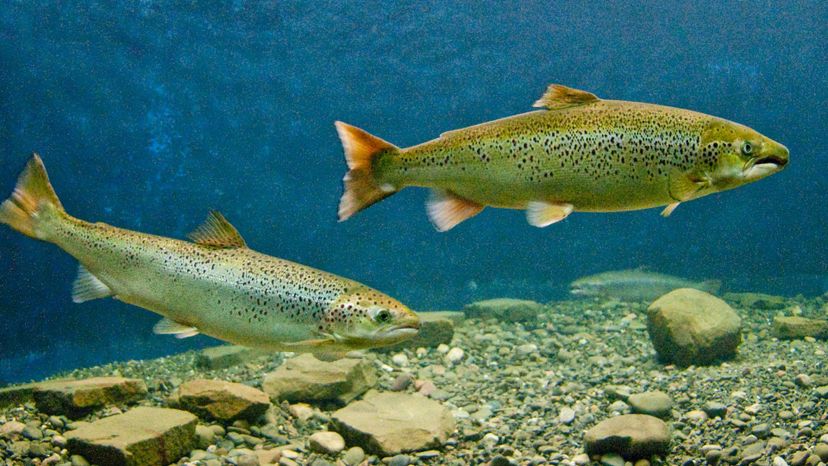
Similar to the aesthetics of the brown trout, Atlantic salmon are also common for sport fishing. Adult Atlantic salmon in New Zealand tend to live in lakes.
Advertisement
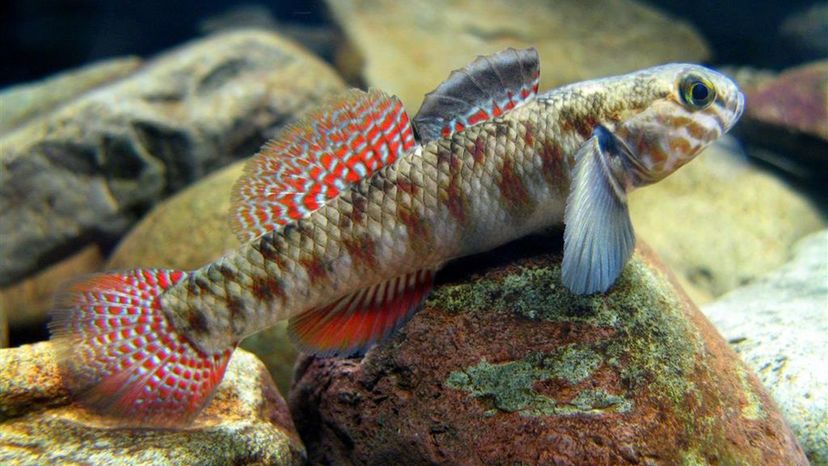
The redfin bully is unique for its vibrant black blotches and red tail and fin. These are also considered to be a diadromous type of fish.
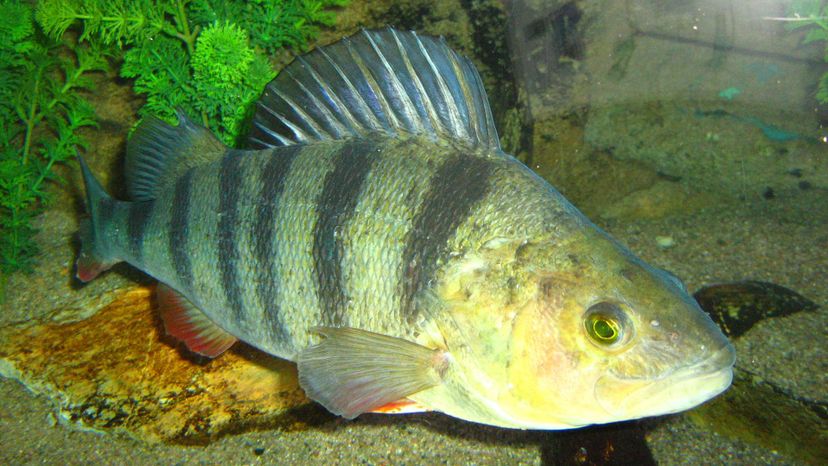
The perch is not fond of fast-moving waters, and feeds off other fish to survive. Its scientific name is Perca fluviatilis Linnaeus.

The brook char is a type of dark fish with vibrant spots on its back. They are also known for their wide mouth.
Advertisement
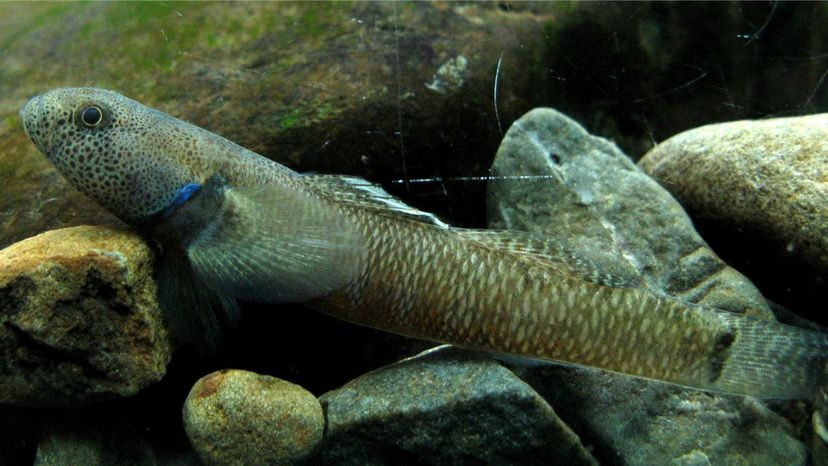
The bluegill bully doesn't feature any blue colors but it does have brown spots all over its body. These fish also love to snack on larvae.
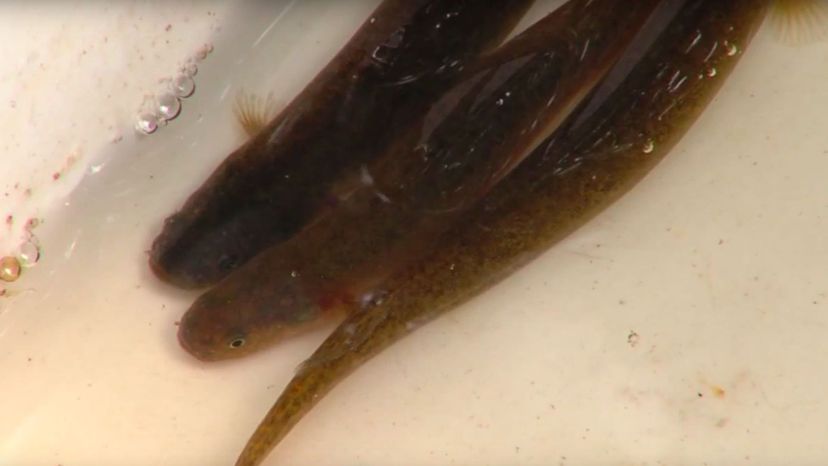
The Canterbury mudfish are unique due to their small eyes and eel-like body. This fish was also discovered in 1926.
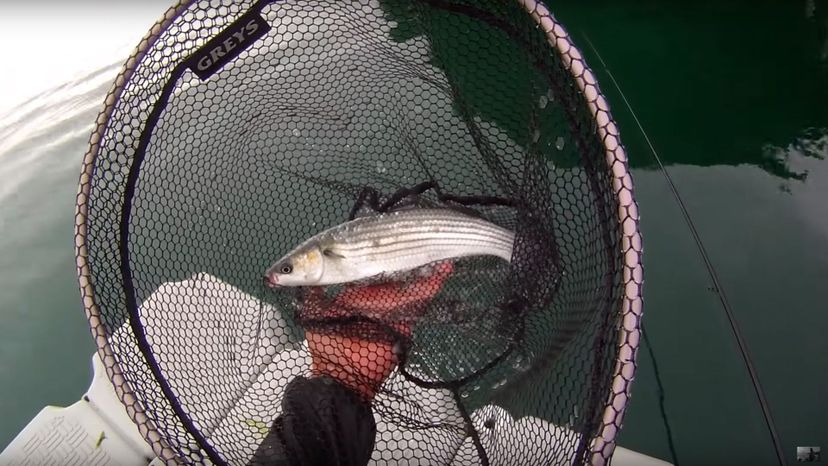
The grey mullet belongs to the Mugilidae family, which actually means "mullet family." This fish is also primarily found throughout the Northern regions of New Zealand.
Advertisement
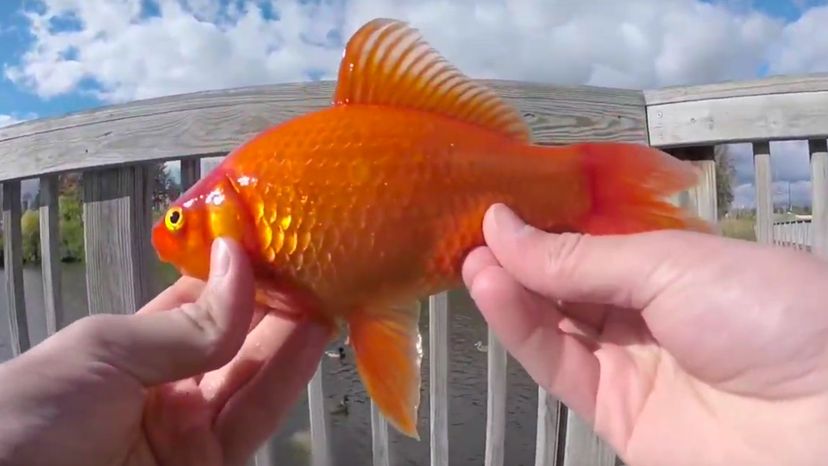
You'll find many types of goldfish throughout the Northern regions of New Zealand. These fish are also bright gold in color with soft fins.
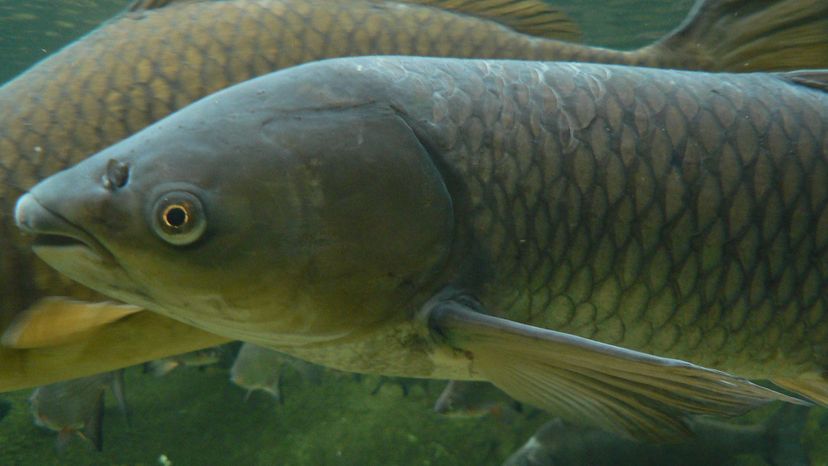
Found primarily in the Northern regions of New Zealand, the grass carp features vibrant silver and bronze hues on its body. These fish are also useful for removing certain weeds from lakes.

The inanga fish is found throughout the borders of New Zealand and can be found in various streams and lakes. Its scientific name is Galaxias maculatus.
Advertisement
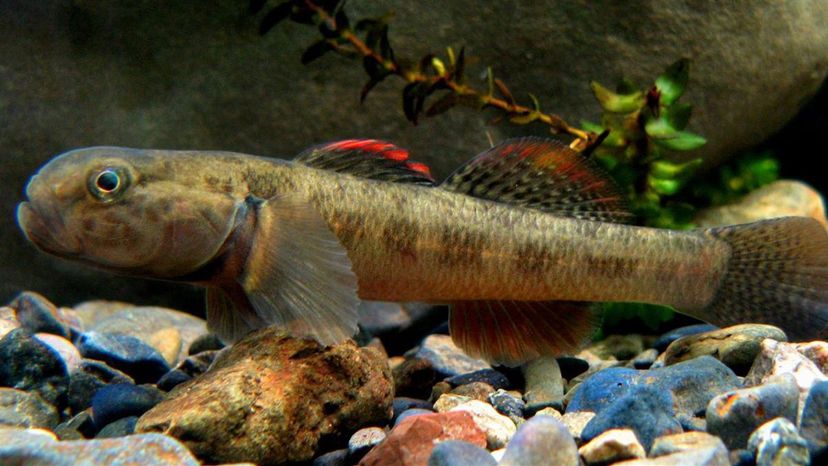
The Cran's bully belongs to the Eleotridae family, and is considered to be a non-diadromous type of fish. It was also discovered in 1842.

The mackinaw fish swims with both brown trout and rainbow trout in Lake Pearson. These fish can be found throughout North America as well.
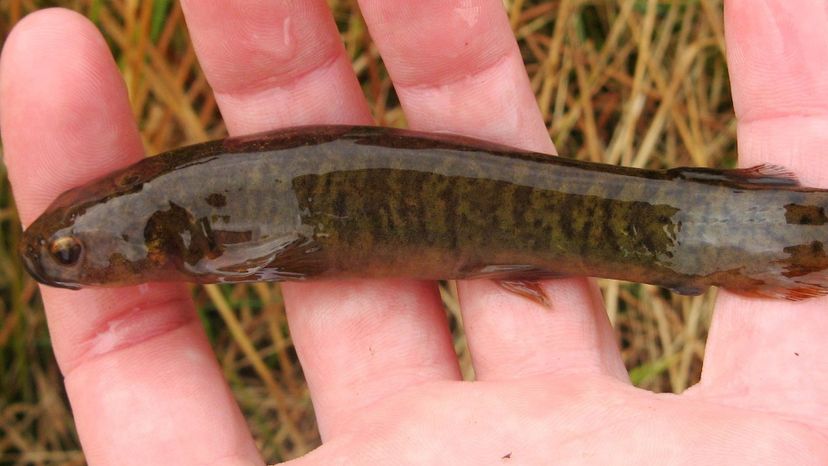
Eldon's galaxias is a member of the galaxiid family, and is considered to be a non-diadromous type of fish. These fish also have unique brown stripes on their body.
Advertisement
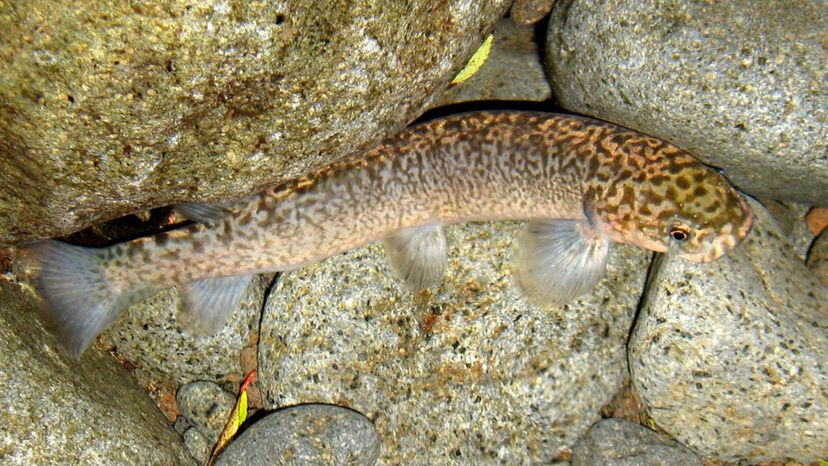
Koaro fish are shaped like a tube and exude brown patches on its body. These fish are also found throughout the southwestern borders of New Zealand.
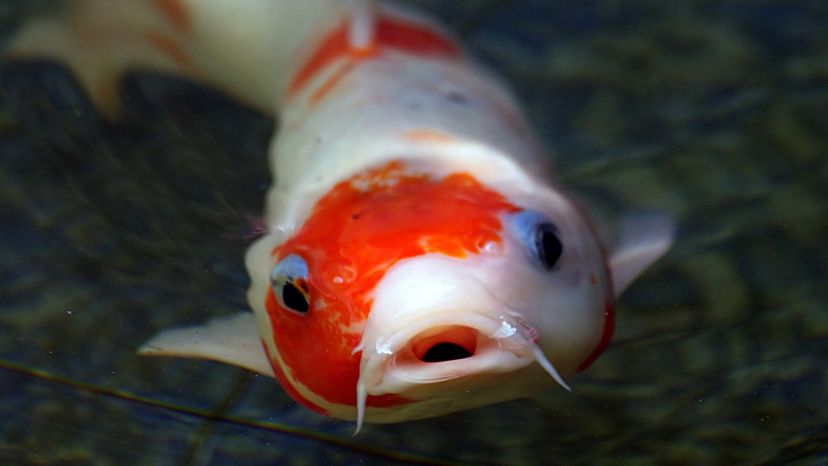
Also called the common carp, the Koi carp features vibrant yellow and black hues on its body. This fish is also found in the northern regions of New Zealand.

The dart goby features very tiny scales and fins, as well as light purple hues. This type of fish was also discovered in 1985.
Advertisement
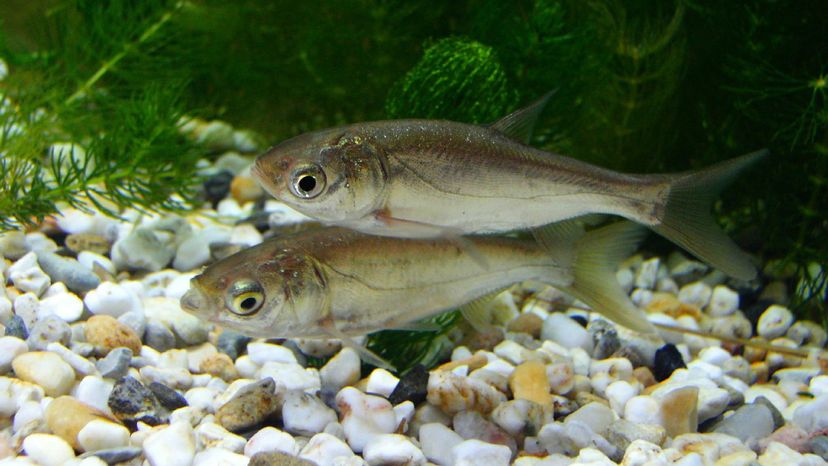
The silver carp features shimmering hues of silver, and is found in the northern regions of New Zealand. This type of fish is also known to eliminate aquatic plant growth in New Zealand.
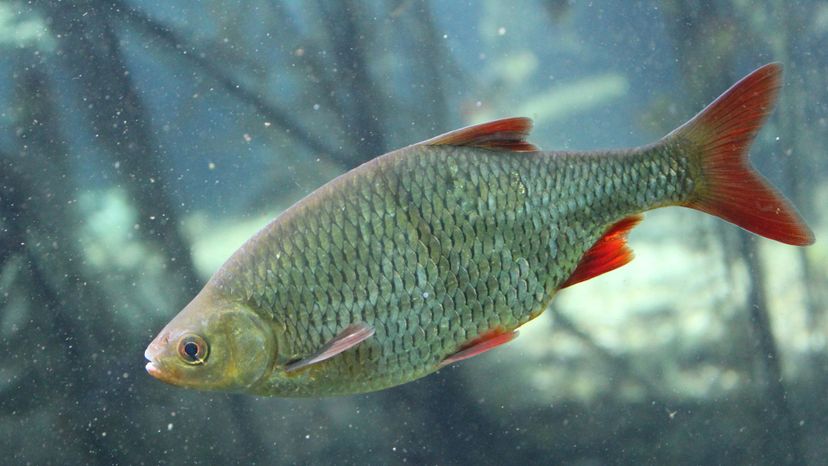
The rudd fish belongs to the Cyprinidae family and is an herbivorous type of fish. Their date of discovery was 1758.
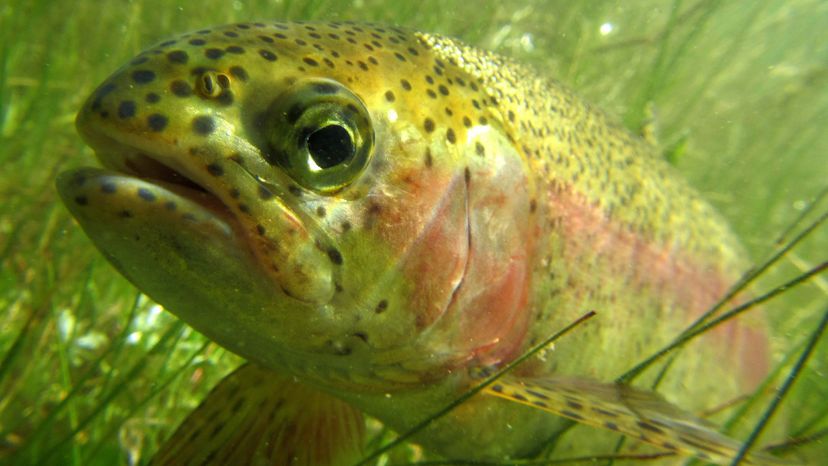
The rainbow trout was discovered in 1792 and features vibrant rainbow colors. These fish are also a member of the Salmonidae family.
Advertisement
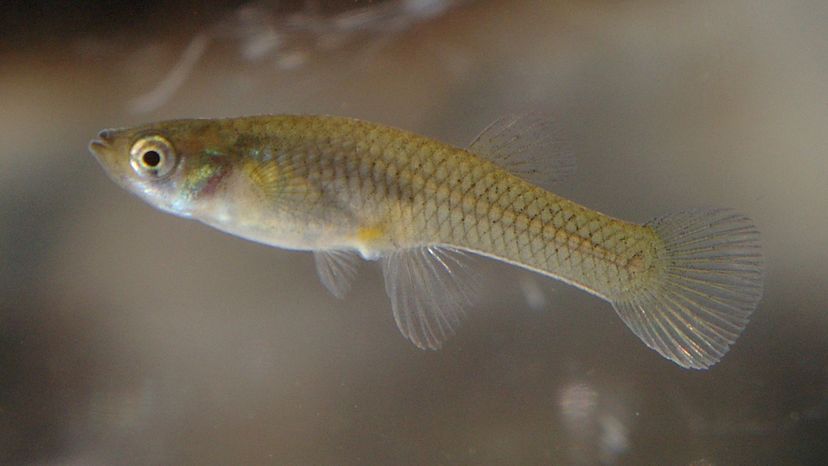
The gambusia fish is also known as the mosquitofish due to the large quantities of mosquito larvae that they eat. This is also an aggressive type of fish.

The sailfin molly bears the scientific name, Poecilia latipinna. These types of fish are also known for their dorsal fin, which is very large in size.
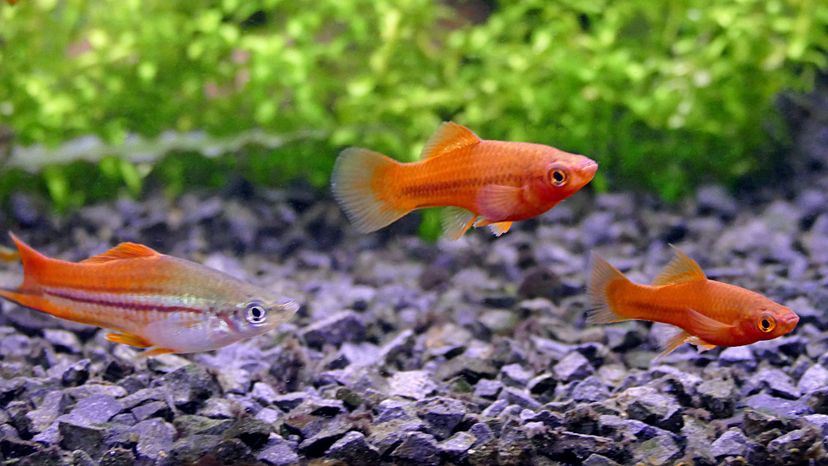
While these may resemble a goldfish in color, swordtails feature a sword-like tail that extends from its back. These are also a Poeciliidae type of fish.
Advertisement
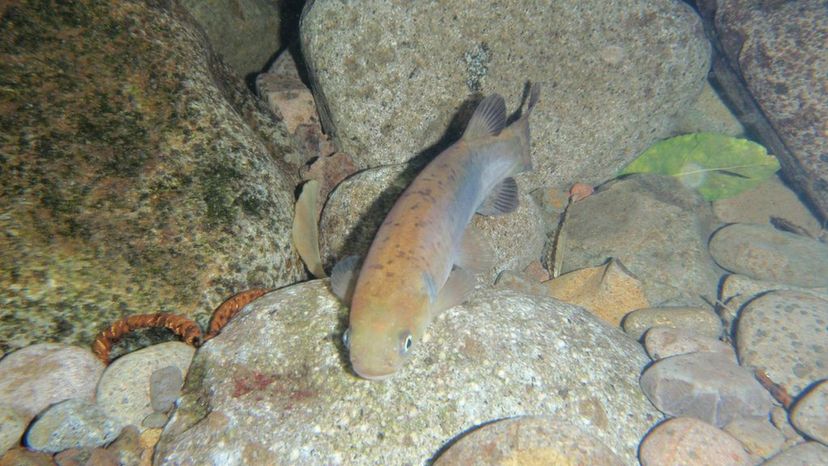
An undercut jaw means that the upper part of a fish's jaw is longer than its bottom half. The shortjaw kokopu is unique because of this.
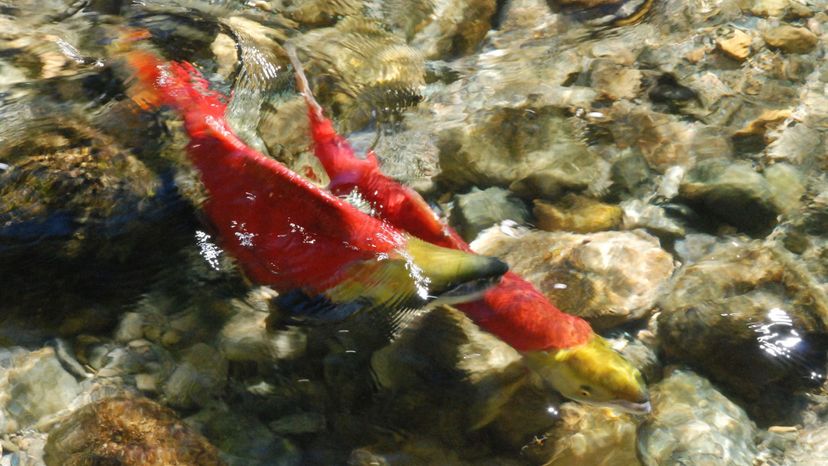
You'll find plenty of sockeye salmon in the Waitaki catchment of New Zealand. These fish also swim with other types of trout, as well as Chinook salmon.

Torrentfish are unique for their large brown stripes over their body. These fish also love the swift waters of New Zealand.
Advertisement
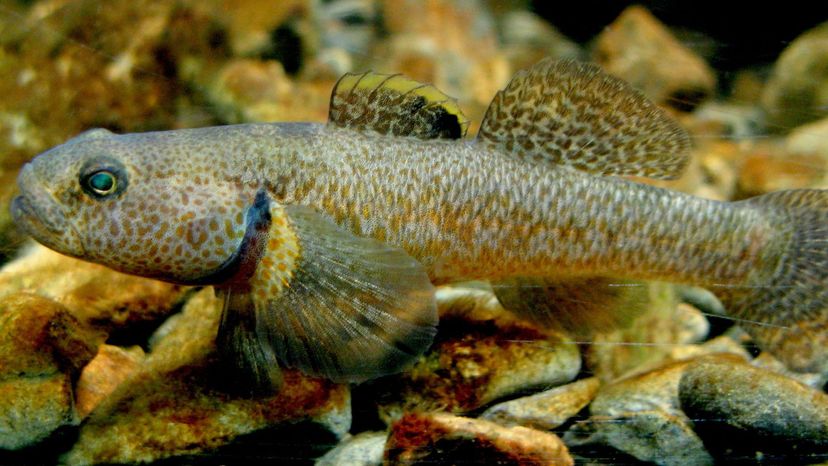
This fish belongs to the Eleotridae family, and is considered to be non-diadromous. Upland bullies can also be found on the South Island's east coast of New Zealand.
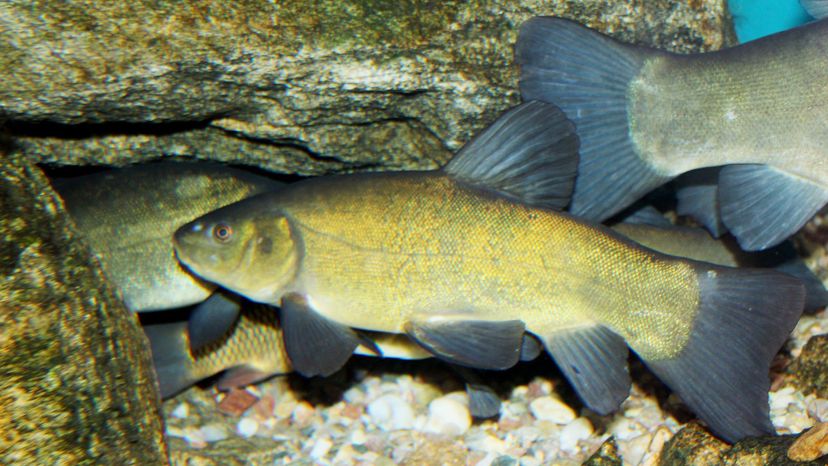
The tench fish is primarily green in color and was discovered in 1758. The eyes of this fish are also vibrant orange in color.
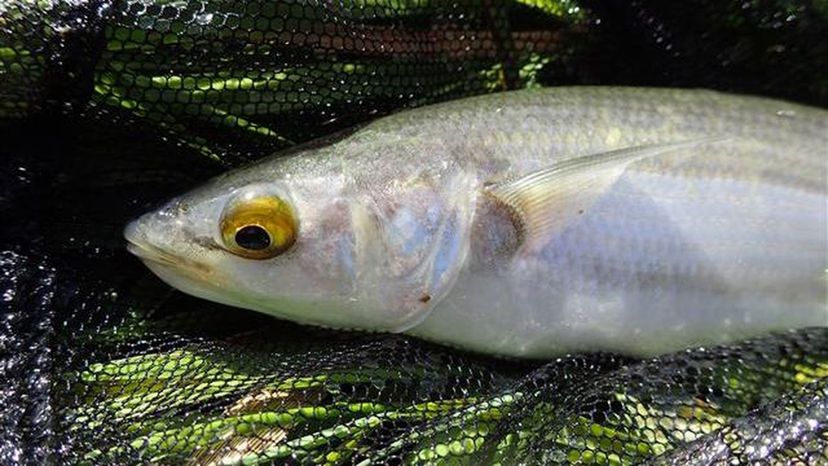
The yelloweye mullet is a member of the Mugilidae family and features 2 dorsal fins. Its name, of course, refers to its vibrant yellow eyes.
Advertisement
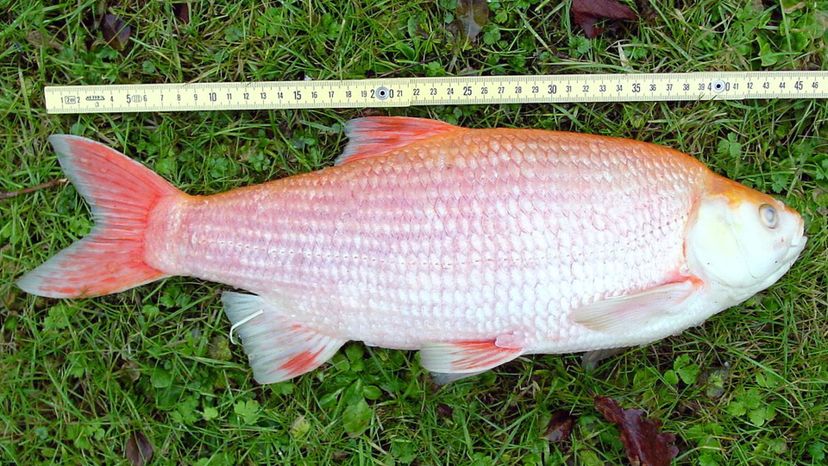
The orfe fish likes to munch on both plants and small animals, like worms. These fish also feature dull red and white colors.

The brown trout features a light white-orange hue with an overlay of brown freckles on its body. This fish is also incredibly common throughout the South Islands of New Zealand.
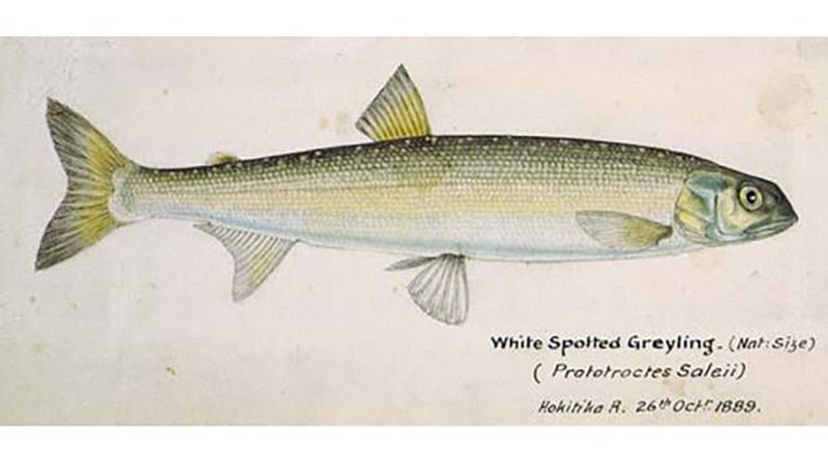
Once a native fish of New Zealand, the grayling is currently extinct, which happened around the 1930s. This fish was also an herbivore.
Advertisement